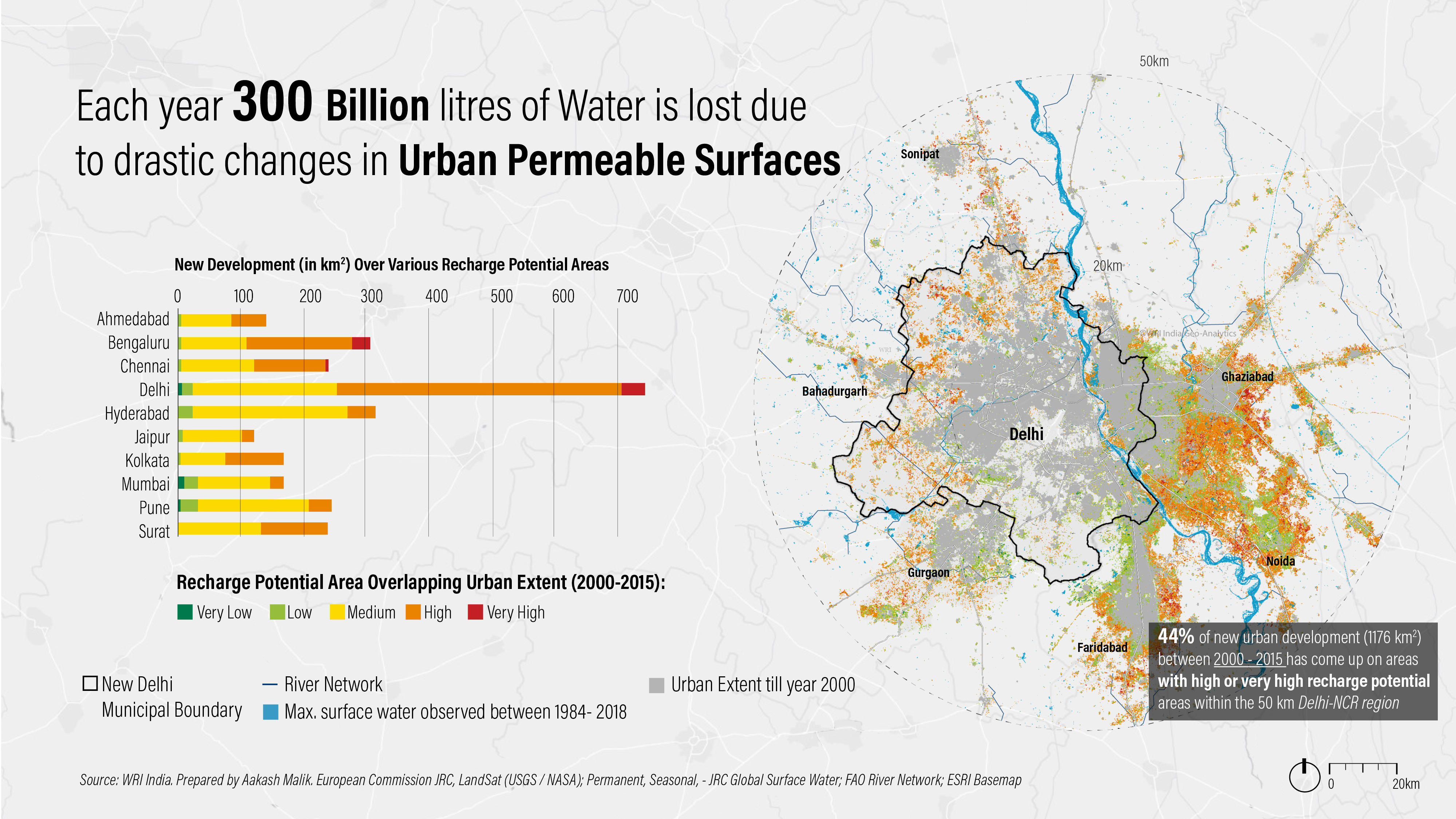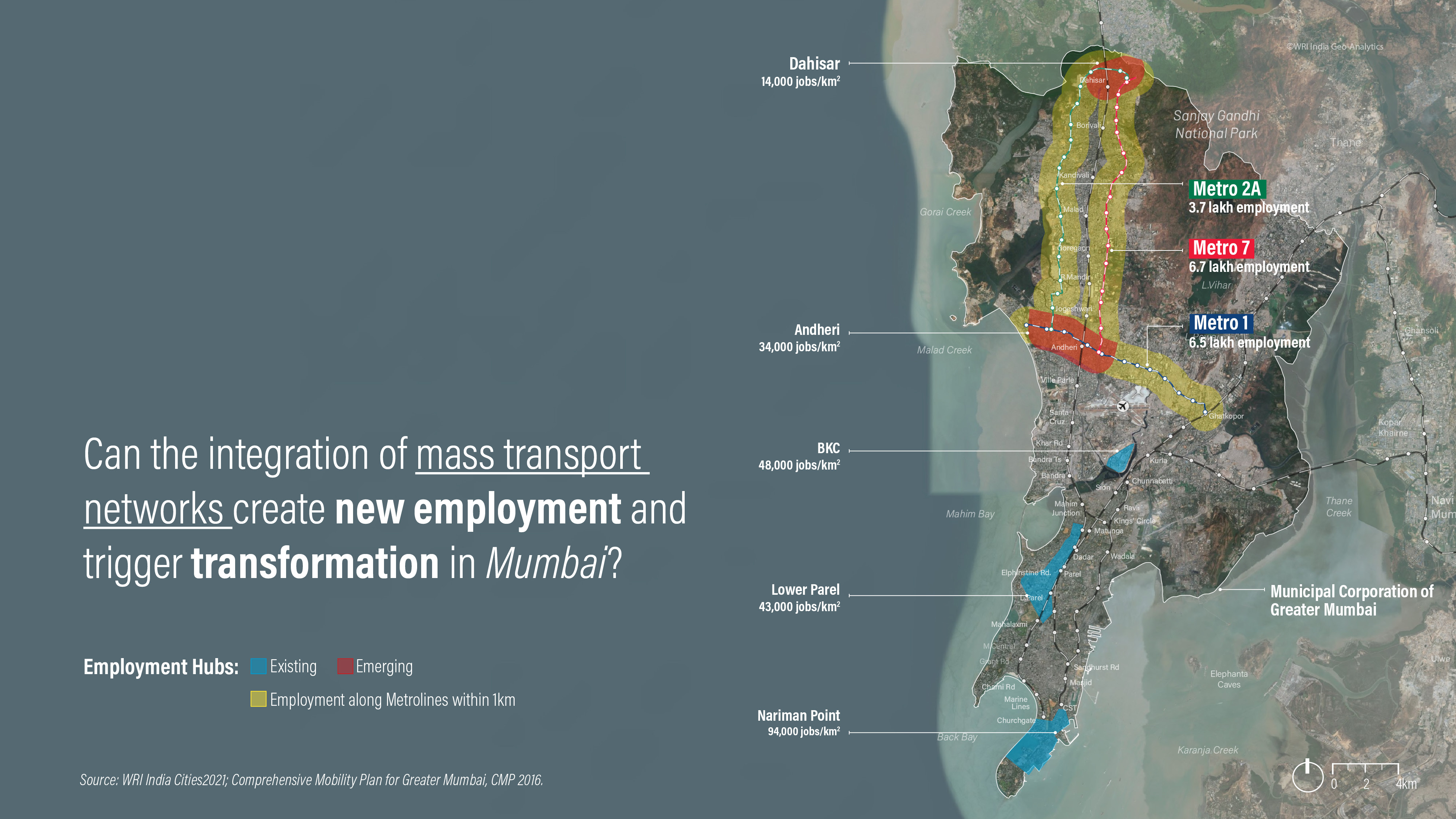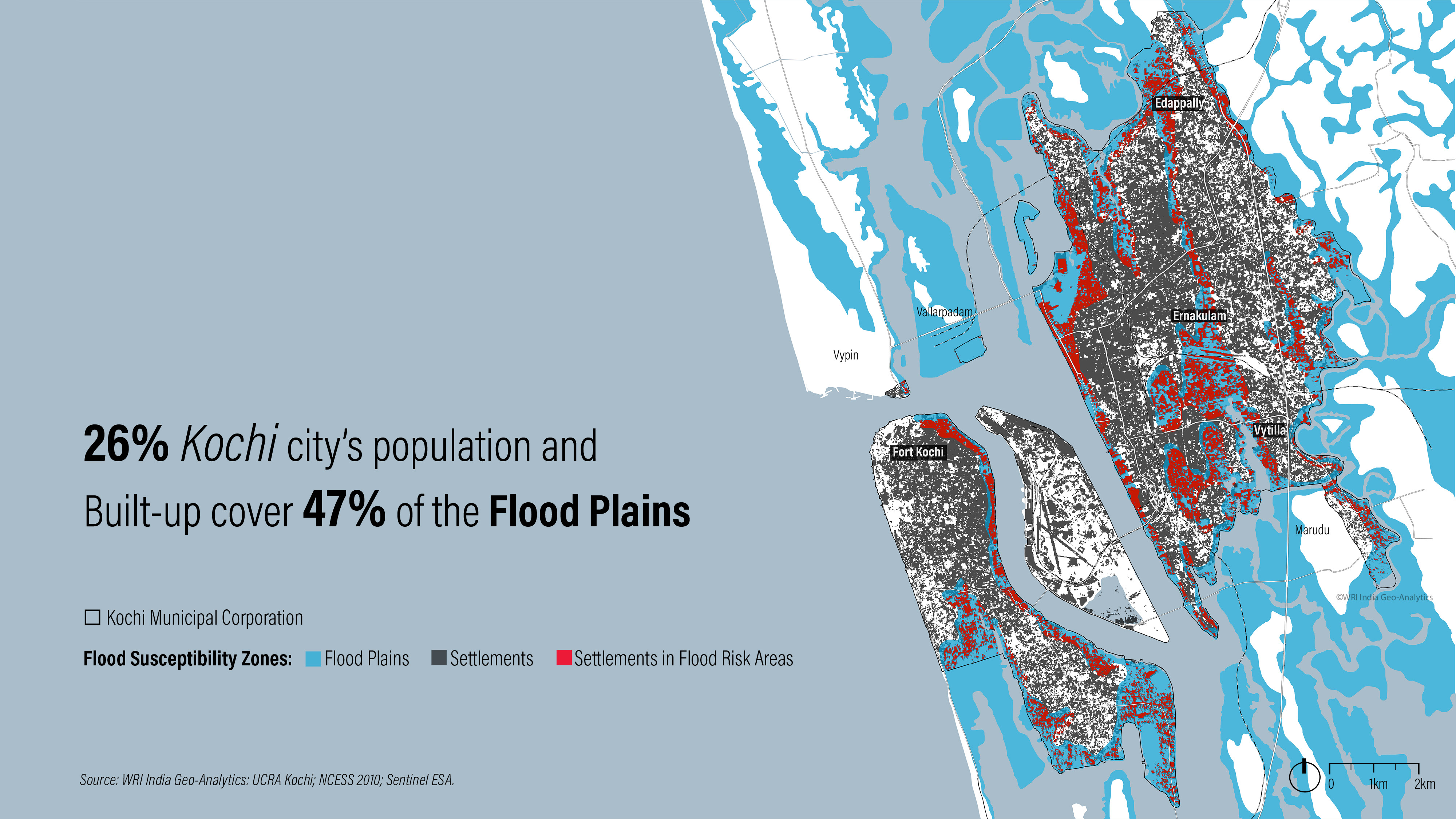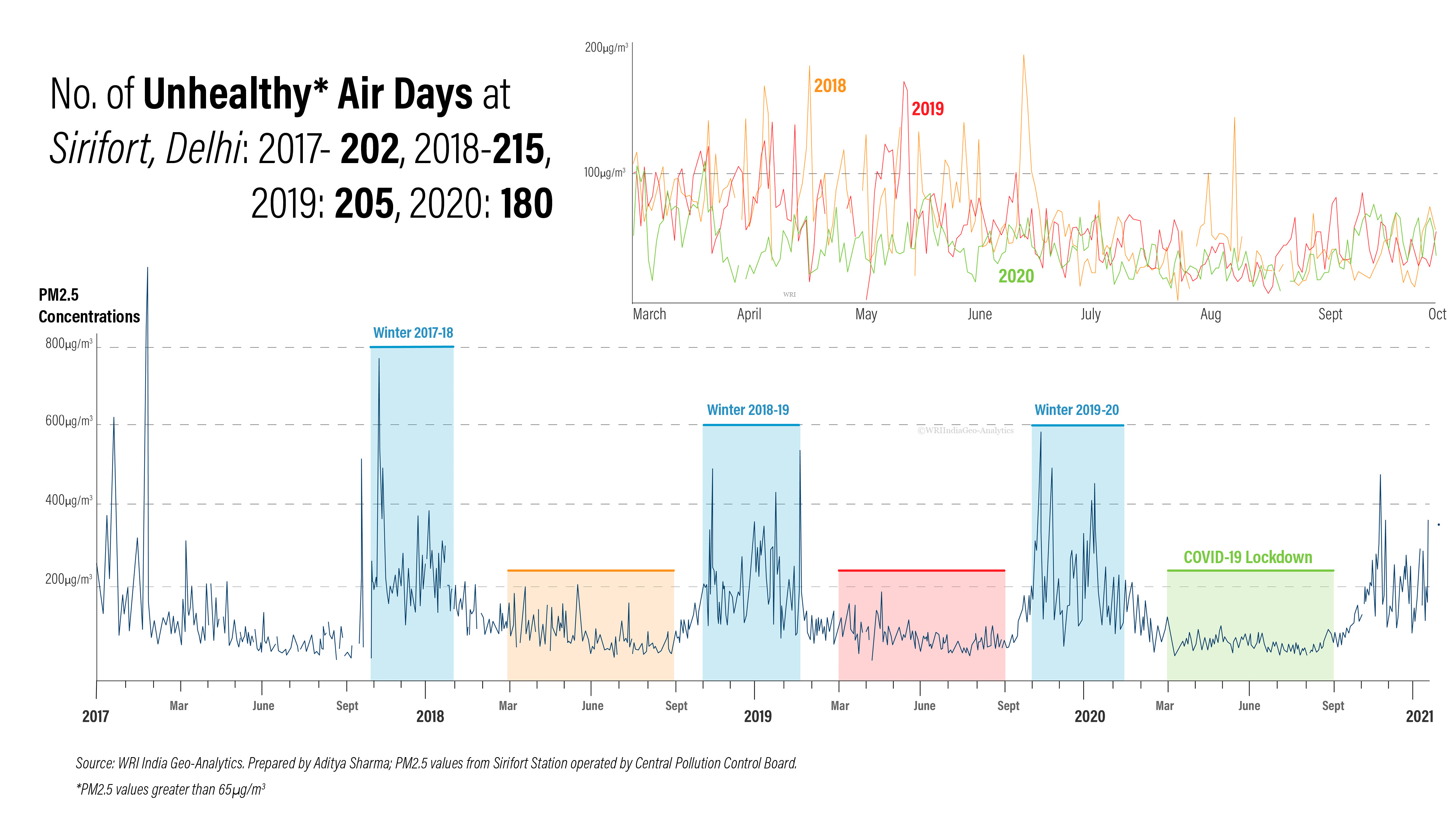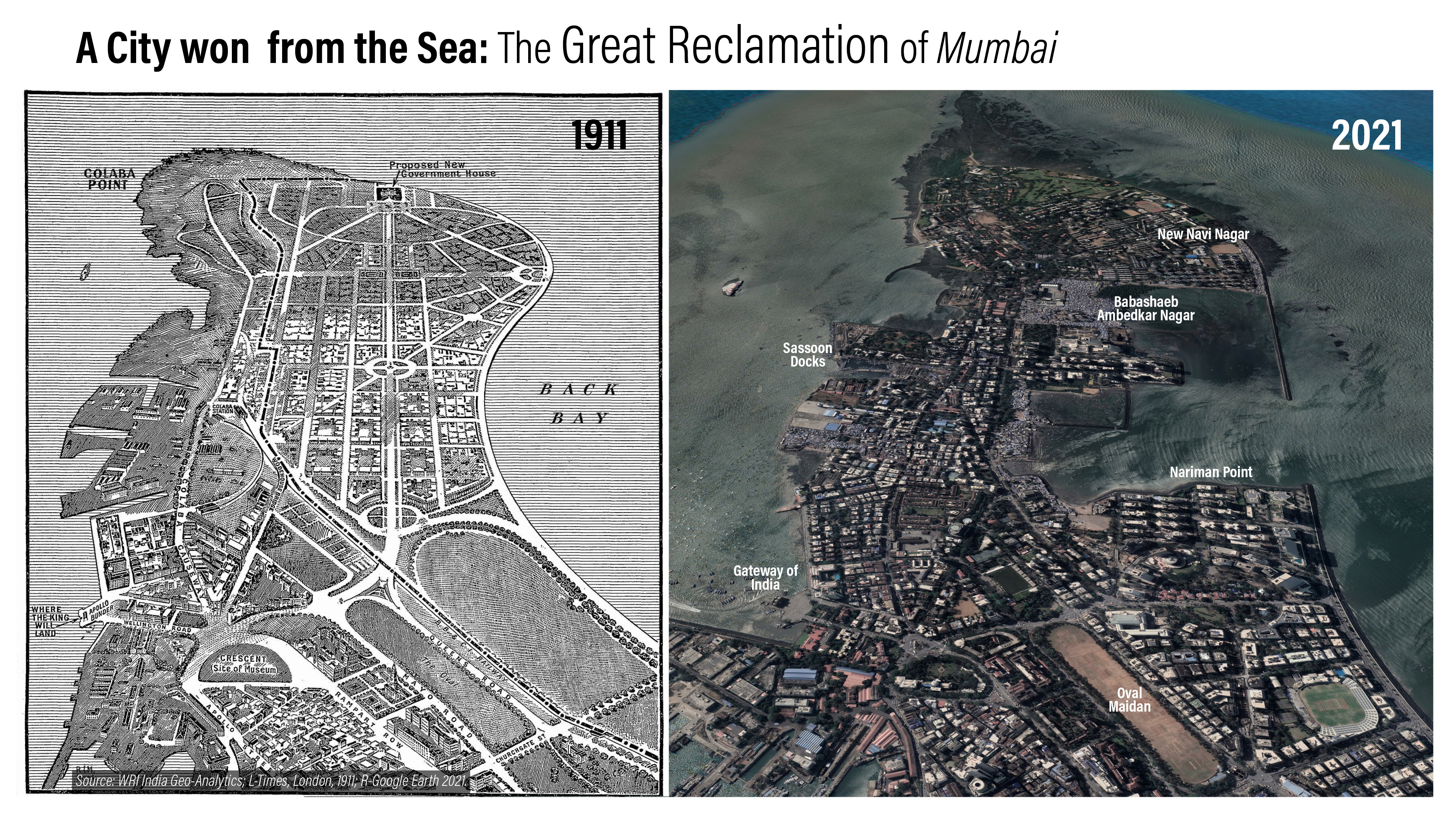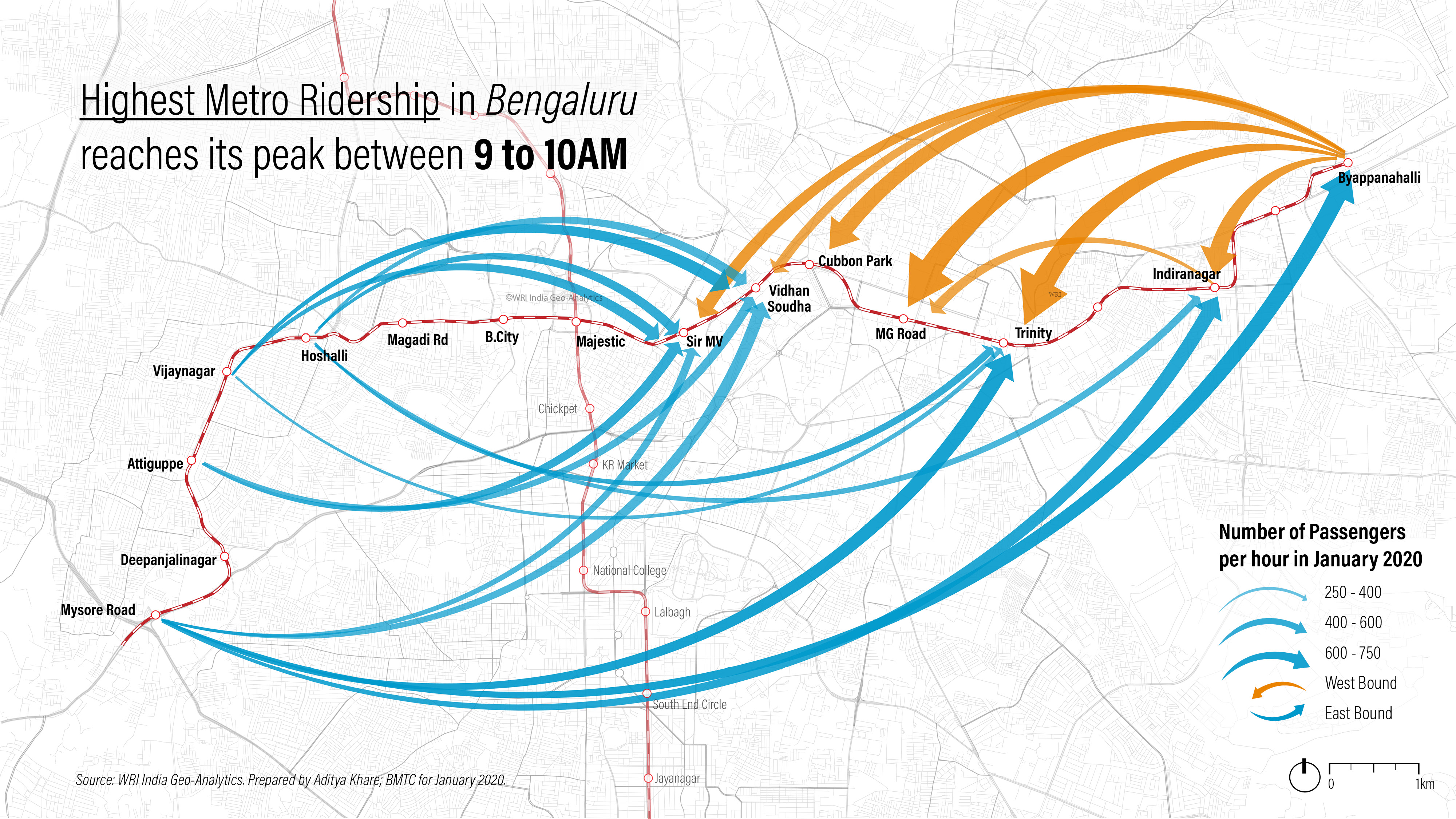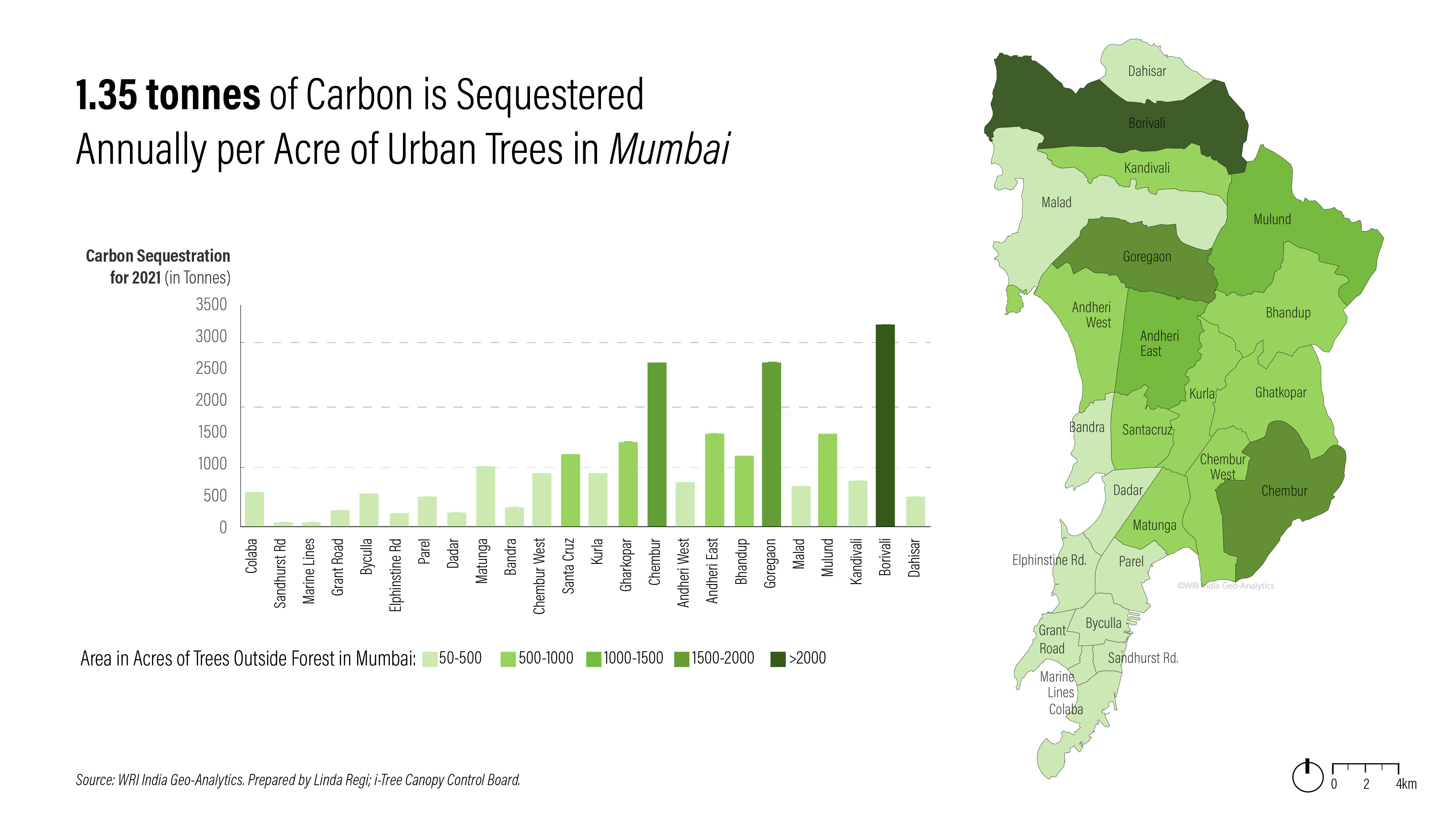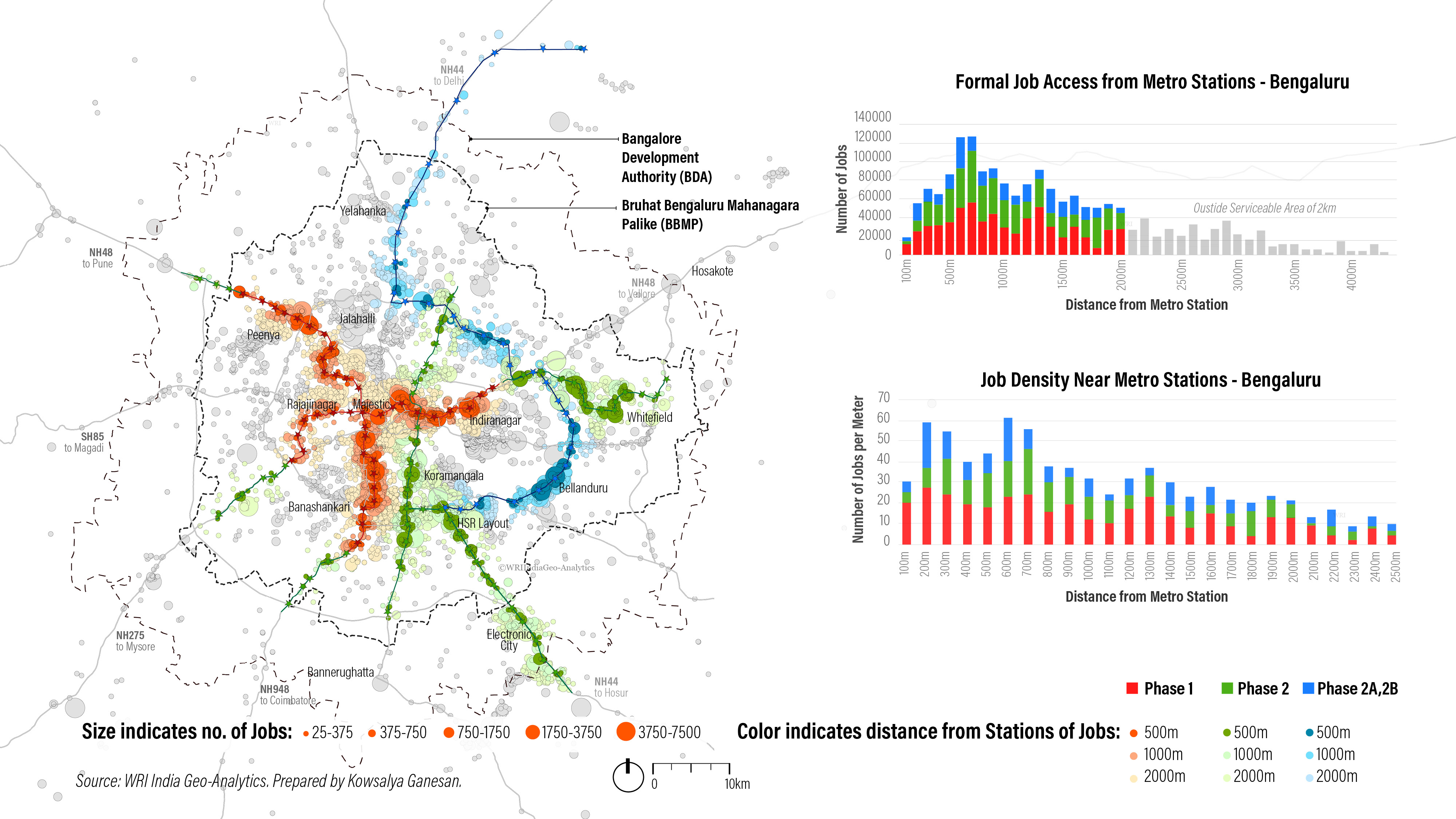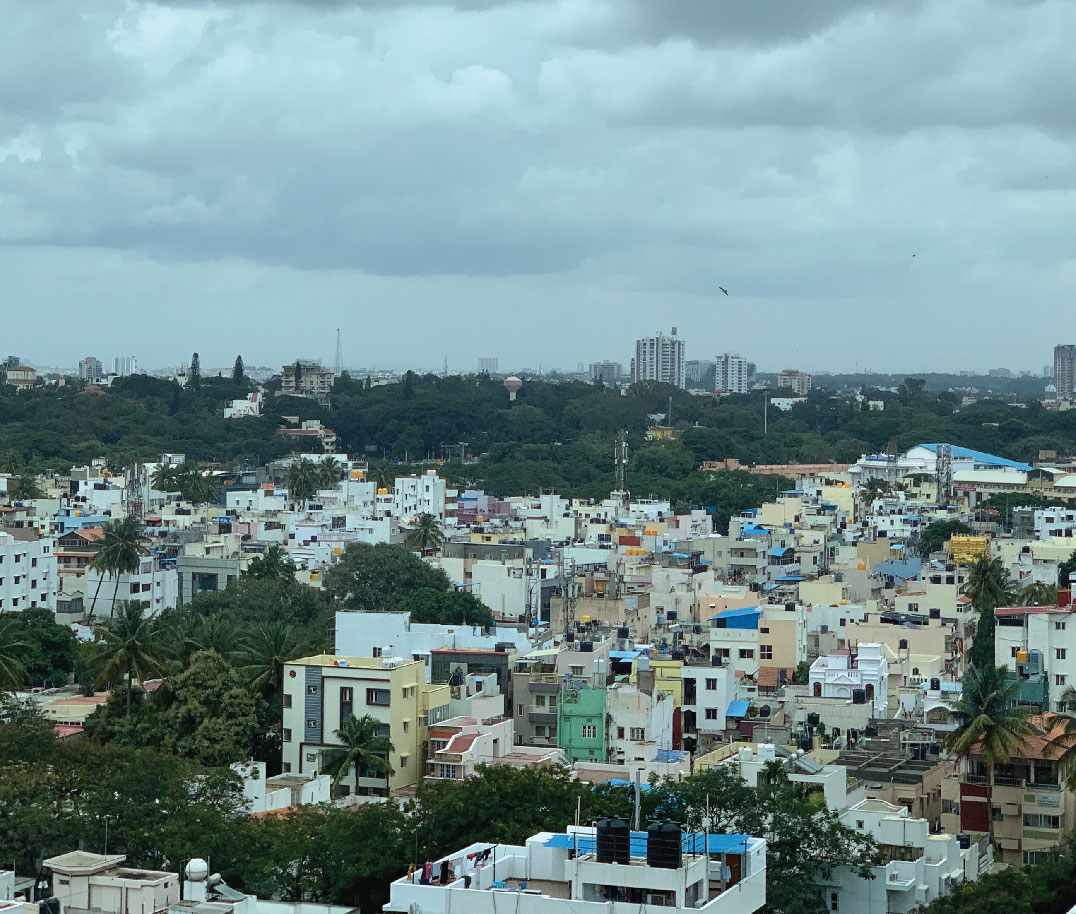Data-Led Urban Planning
Data-Led Urban Planning
We live in a rapidly urbanizing world with 7 out of 10 people projected to live in urban areas by 2050.
90% of this projected growth will take place in the global south of which a significant portion will occur in India. Current estimates suggest 36% (400 million) of India’s population is urban and, by 2050, this number will double to 800 million.
Indian Cities will have to focus on creating new jobs, creating denser employment locations, aggregating land for planned development and driving integrated planning around large investments like metro rail along with ensuring impacts due to changing climate are incorporated in project design.

DATA-LED URBAN PLANNING
We live in a rapidly urbanizing world with 7 out of 10 people projected to live in urban areas by 2050. 90% of this projected growth will take place in the global south of which a significant portion will occur in India. Current estimates suggest 36% (400 million) of India’s population is urban and, by 2050, this number will double to 800 million.
WRI India Ross Center’s ‘Data-Led Urban Planning’ integrated solution seeks to shift the discourse through informing policies and plans, participating in iconic demonstration projects and training and capacity building. Strategic data-driven initiatives help address key urban challenges such as congestion, pollution, road safety, inequitable access to jobs, and core urban services to build more sustainable cities.

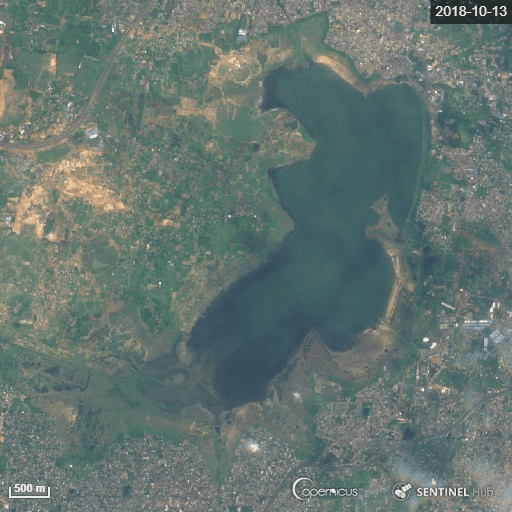
Environmental Perspectives
The last 2 decades have seen a rampant rise in environmental challenges being faced by cities and countries globally. In India, too the surmounting challenges related to air pollution, waste disposal, depletion of natural resources, urban heat island effect and the loss of biodiversity, amongst others have been increasing.
- India’s Environment Challenges in 10 Images is an animated photo essay on satellite images to show the effect these challenges have had on our country, Read the complete story by Raj Bhagat.
- To enable the 100 Smart Cities and AMRUT cities to assess their climate preparedness and develop a roadmap of climate actions, the Climate Smart Cities Assessment Framework (CSCAF) is developed along with NIUA, find out about the framework.
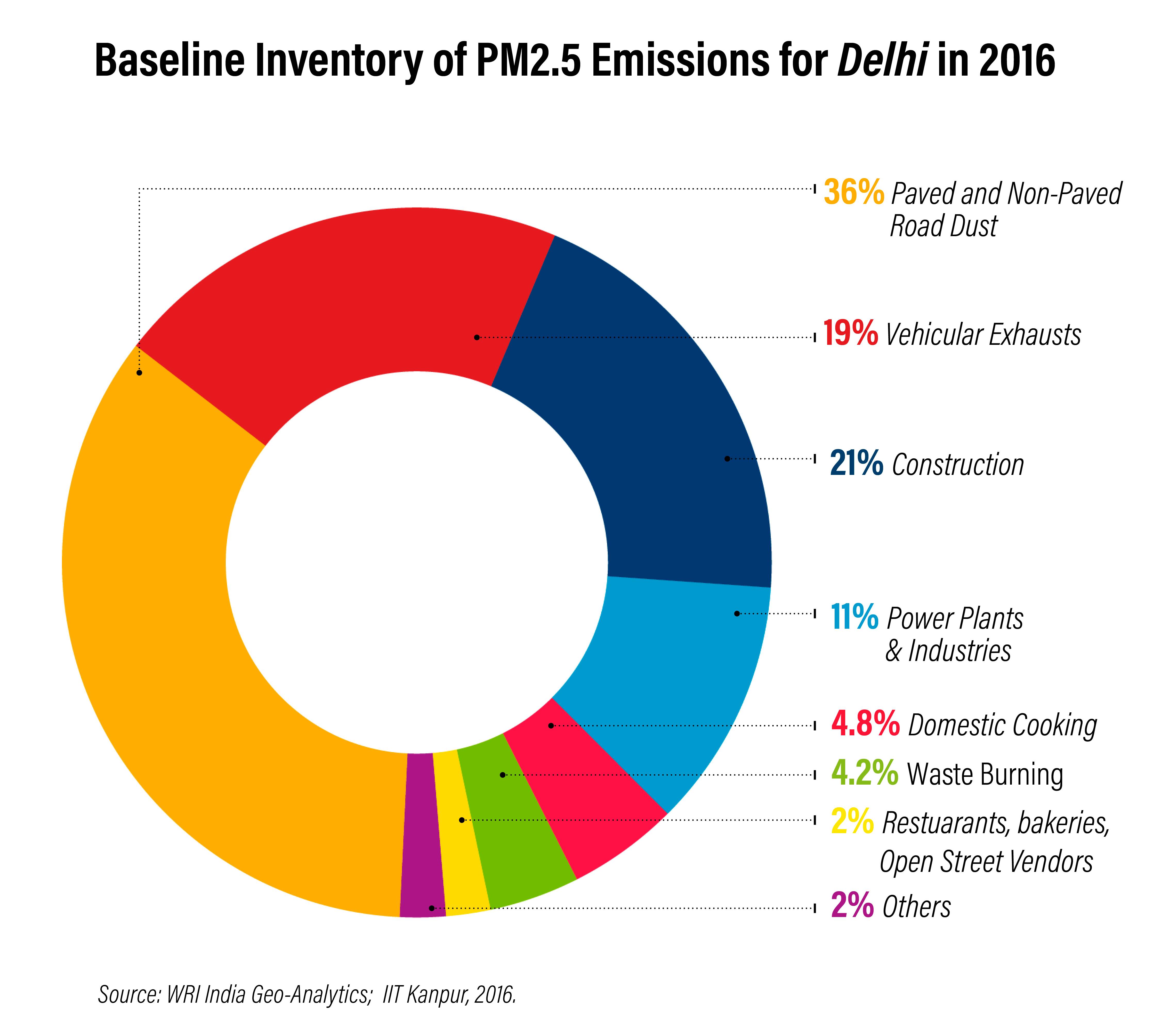
Tackling Air Pollution
Air quality in India has deteriorated significantly over the past two decades, owing to population growth, increasing numbers of vehicles, use of fossil fuels, inefficient transportation systems, poor land use patterns, industrialization, and ineffective environmental regulations.
- The recurrent air-pollution in the winter months of the capital region has become an annual distress phenomenon. More than 50% air pollution caused by roads and transport, read the complete story here.
- A multi-pronged approach at regional, local and sectoral governance levels, including governments, SMEs, concerned citizens and other relevant stakeholders, is necessary to drastically reduce the current air pollution levels in Delhi and NCR.
- 21-year increasing air pollution in the National Capital Territory.
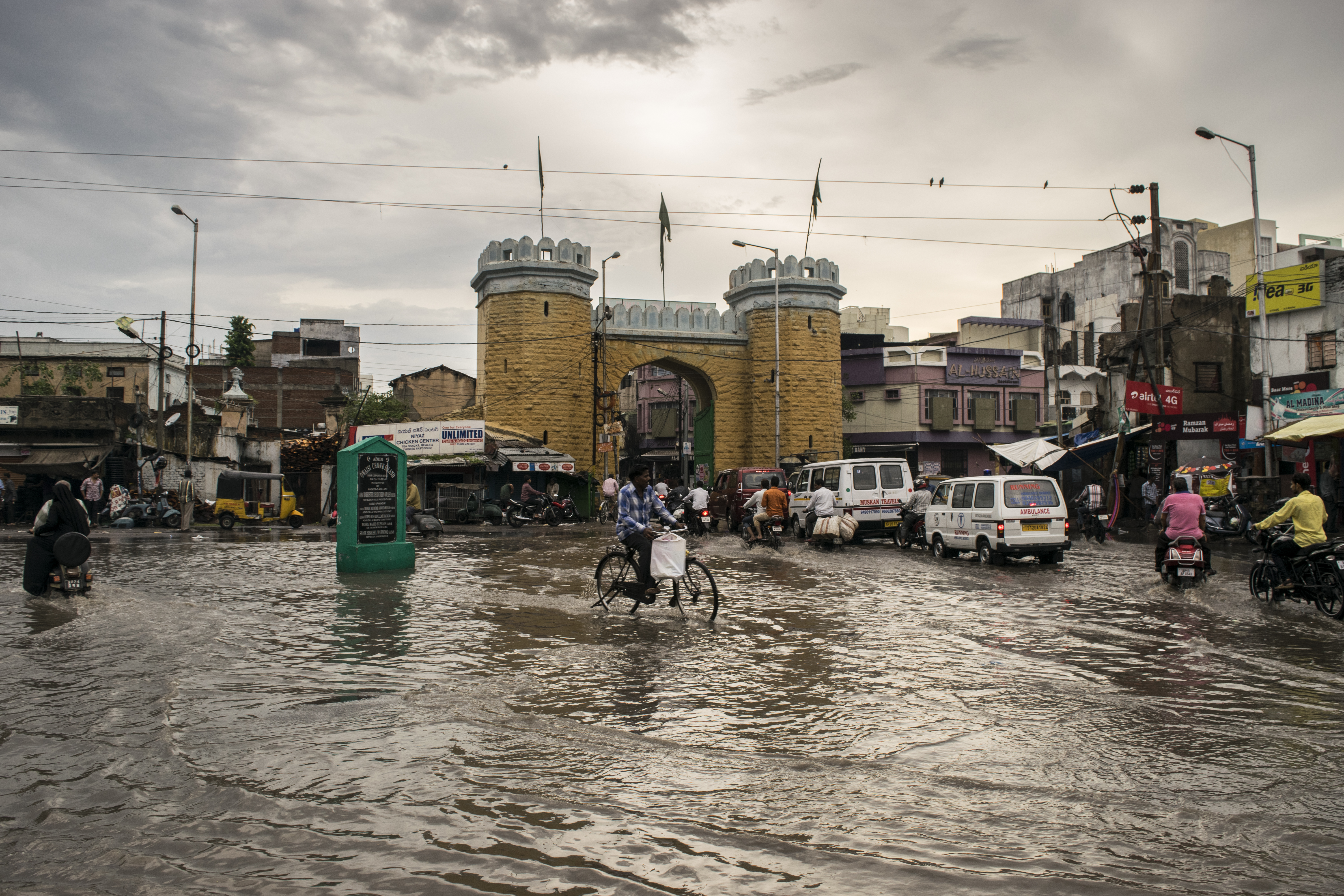
The Wrath of Urban Flooding
WRI India’s on-going research offers insights on the nexus of rapid urbanization, climatic uncertainties and the increasing frequency of natural disasters such as floods and droughts. Incidences of urban flooding are brought about by the confluence of growing impermeable cover, loss of natural spaces, location of development in the paths of water flow, solid waste dumping on water bodies and severe rain events.
- In October 2020, 192 mm of rainfall overwhelmed storm drains and spilled onto the streets of Hyderabad. The city faced extreme flooding and water stagnation following a 24-hour severe rain event, read the complete story here.
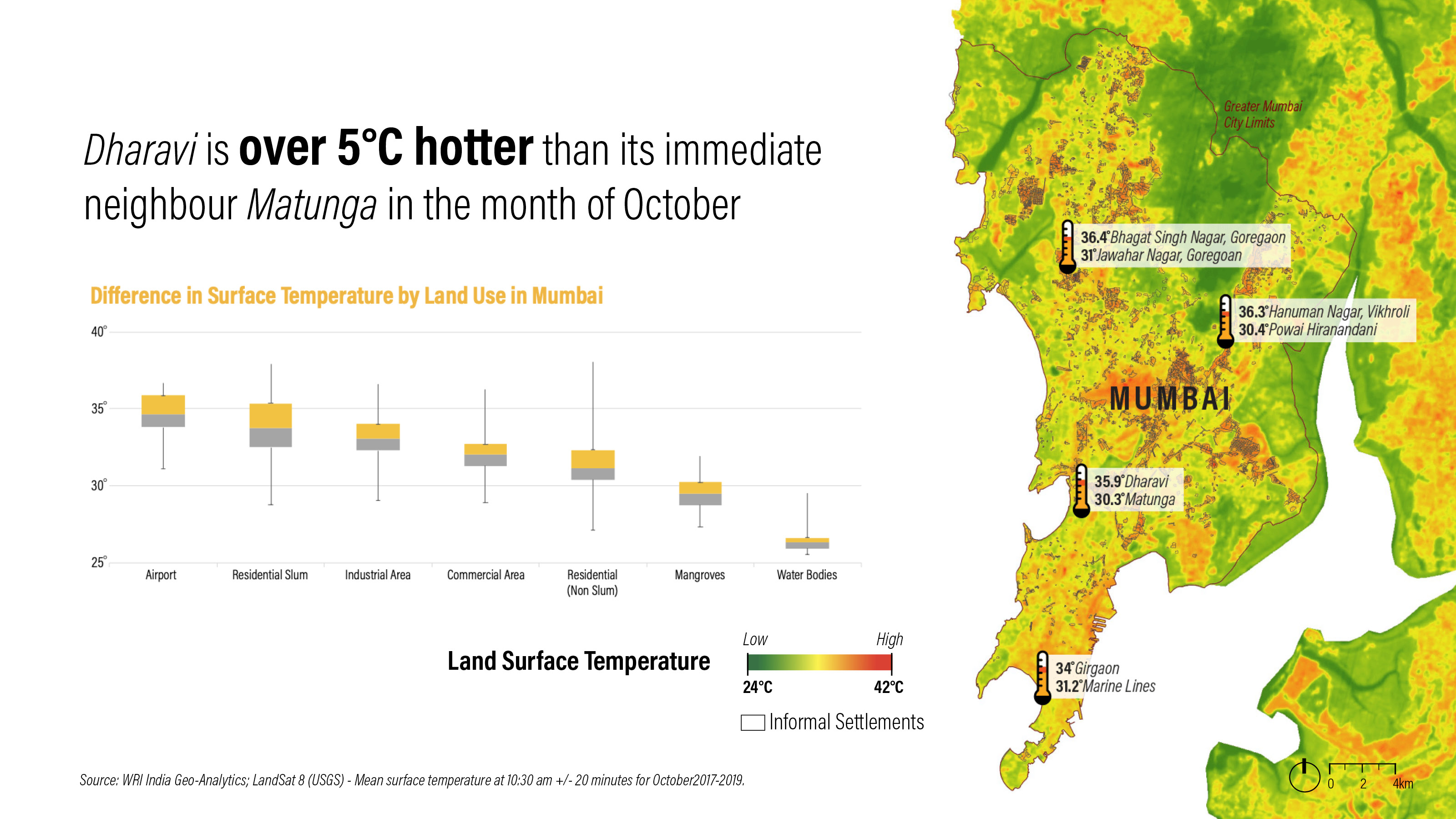
Urban Heat Island Effect
Cities must treat urban greens as an amenity and an infrastructure system that can mitigate heat stress and enhance the quality of life of its residents. Green spaces in cities offer many health, economic, environmental & social benefits.
- Heat stress in Mumbai is spatially segregated by income & housing types affecting mostly poor communities. This is also a sobering reminder that urban inequality makes the poorer communities more vulnerable to climate crisis, read the complete story.
- Dharavi is 5°C hotter than its immediate neighbor Matunga.

